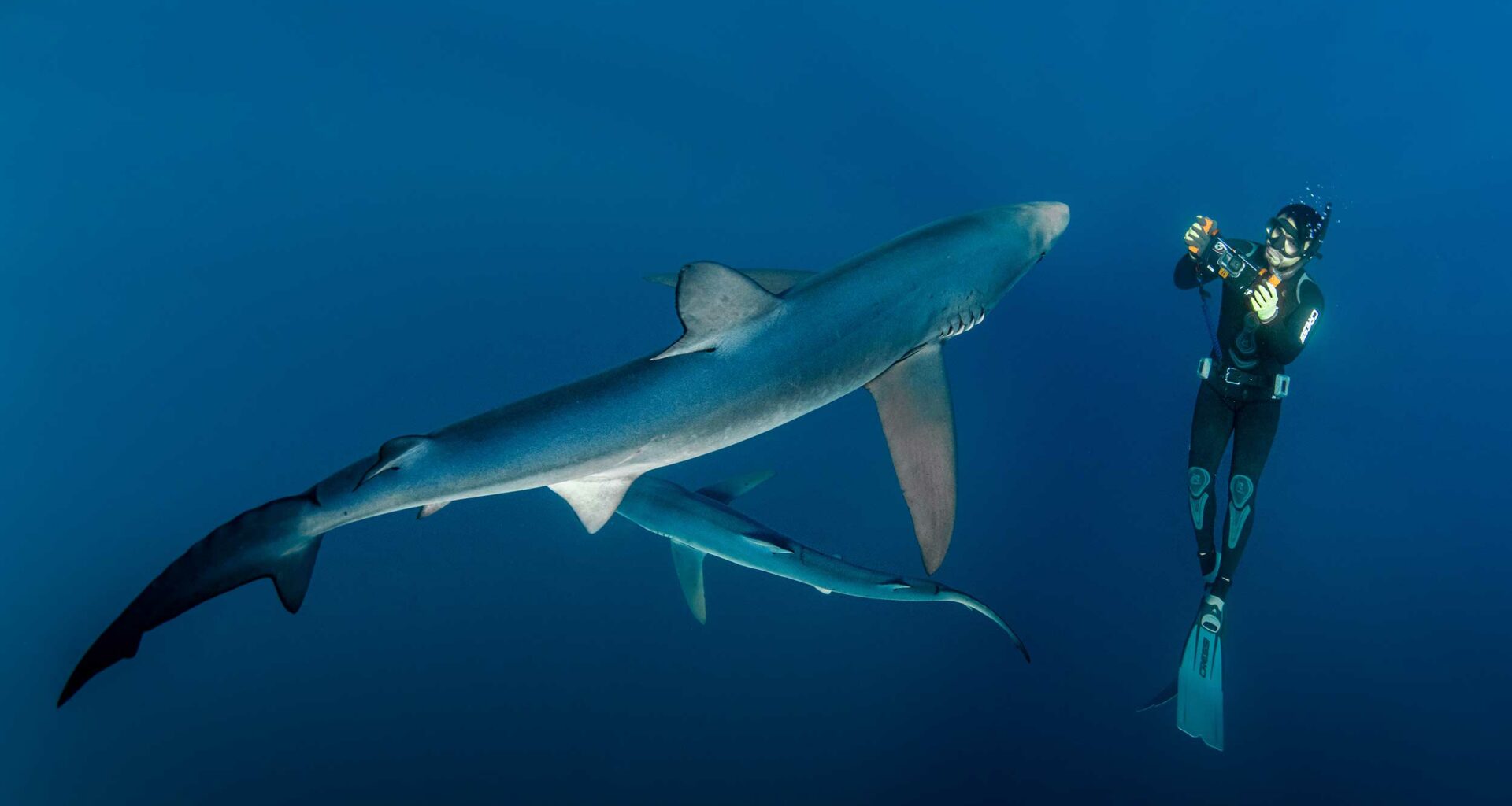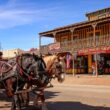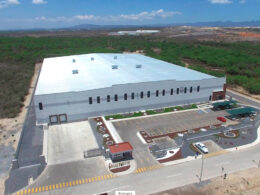Esta entrada también está disponible en: ES (Spanish)
Discover some of the best diving spots in Baja California Sur
Baja California Sur has world-class beaches. While surfing is one of the most practiced sports, scuba diving is also popular. Discover five beaches for practicing this underwater activity.
Espiritu Santo Islands
Espiritu Santo Island, located in the Gulf of California in the state of Baja California Sur, stands out for its geography. Connected to Partida Island by a narrow isthmus, its topography contrasts significantly with that of the other islands in the Gulf.
With an area of 80,763 square kilometers, Espiritu Santo Island ranks as the twelfth largest island in Mexico, while Partida Island covers a land area of 15,495 square kilometers.
These islands, recognized and protected as a biosphere reserve by UNESCO, have become a highly relevant ecotourism destination. Furthermore, their uniqueness lies in the fact that they remain uninhabited, forming an integral part of the municipality of La Paz.
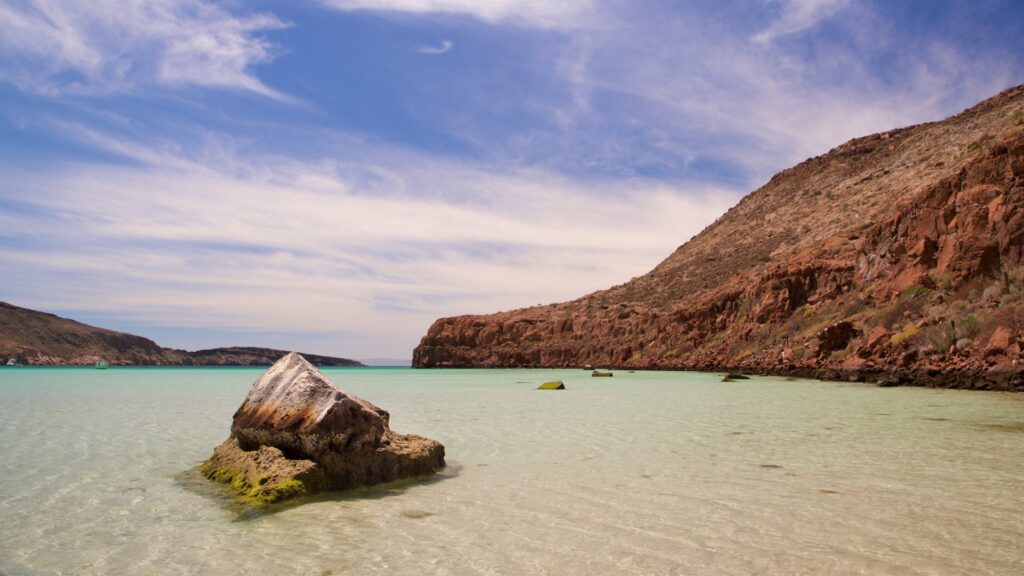
Ojo de Liebre Lagoon Complex
The Ojo de Liebre Lagoon Complex Biosphere Reserve, located in the state of Baja California Sur, Mexico, has become a vital sanctuary for the gray whale (Eschrichtius robustus). Each year, these waters provide the ideal conditions of bathymetry, temperature, and salinity for the mating, birthing, and rearing of the gray whale calves of this species.
Declared as a Whale and Calf Sanctuary Zone in 1972 through a presidential decree, the Ojo de Liebre-Guerrero Negro Lagoon area, located south of Sebastian Vizcaino Bay on the Pacific Ocean coast, is a marine sanctuary. The protection provided has led to the absence of human settlements in this lagoon complex, allowing only low-impact fishing and tourism activities, in line with the pursuit of sustainability and the preservation of the gray whale’s habitat.
This preserved marine ecosystem is a remarkable example of conservation, as there are virtually no human populations in the area. Tourism and fishing activities carried out in the area are conducted with care to avoid disturbing the habitat of Eschrichtius robustus. The Ojo de Liebre Lagoon Complex Biosphere Reserve is a testament to how environmental protection can provide a safe haven for endangered species and ensure their long-term survival.
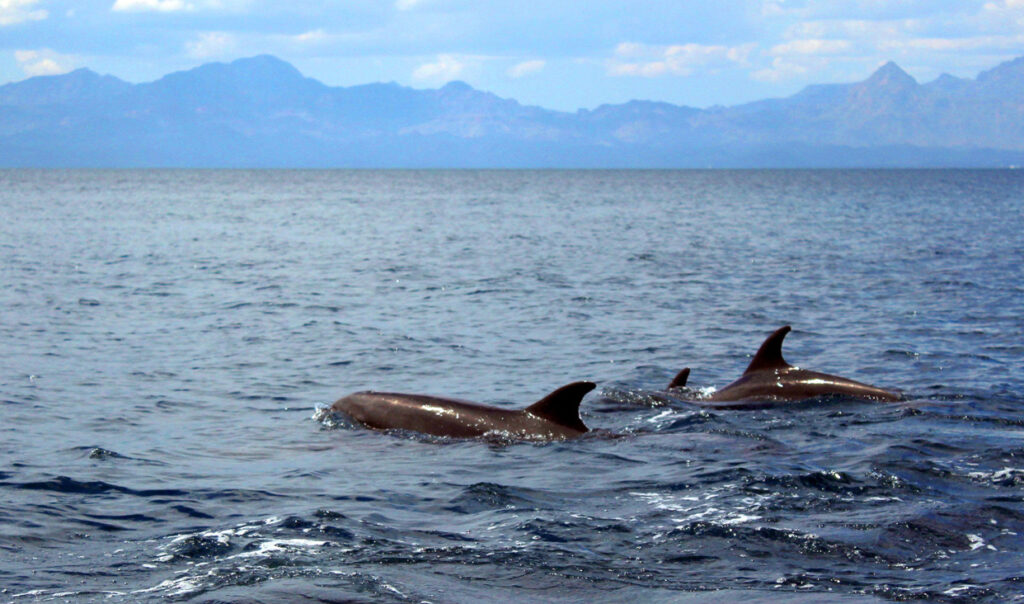
Cabo Pulmo
Cabo Pulmo National Park, located in Los Cabos, Baja California Sur, Mexico, is a natural treasure that has been preserved by the local community for many years. With its coral reef and incredible diversity of marine life, the park has become a favorite destination for nature lovers and diving enthusiasts.
This sanctuary is home to over 200 species of fish and five out of the seven species of sea turtles found in the world, making it a truly unique place for the conservation of marine life. Furthermore, the coral reef of Cabo Pulmo is the only living reef in the Gulf of California, making it a true biological gem and an important research site for scientists from around the world.
Visitors have the opportunity to enjoy a wide variety of activities in Cabo Pulmo National Park, such as diving, snorkeling, kayaking, whale watching, and bird watching. Additionally, the park offers trails for hiking and mountain biking, making it the perfect destination for those seeking a unique ecotourism experience.
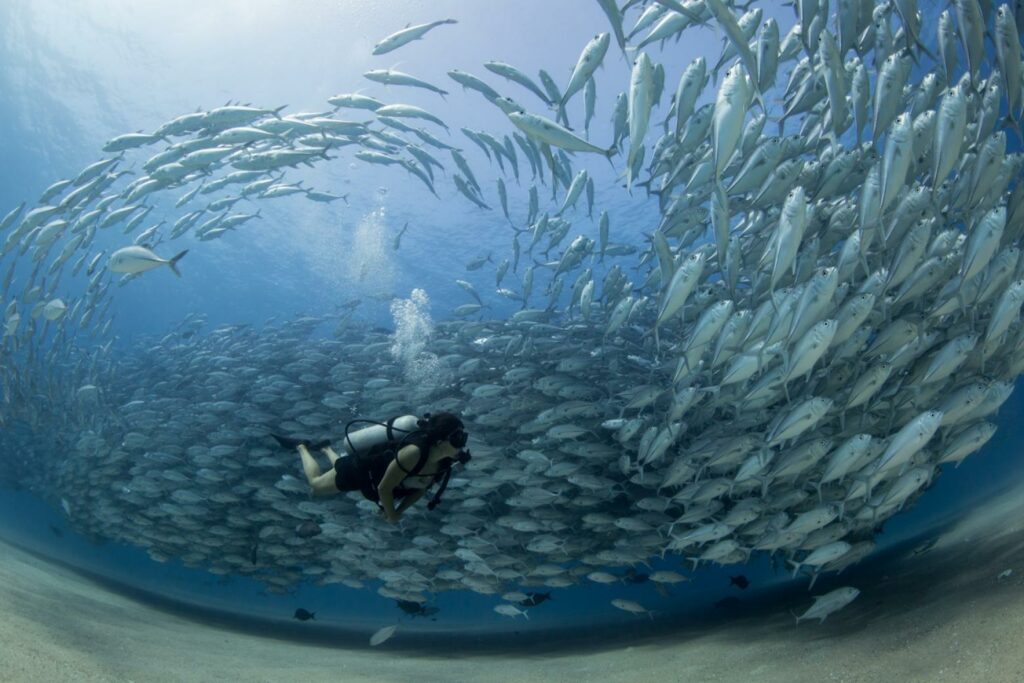
Revillagigedo Archipelago
The Revillagigedo Archipelago, located in the Eastern Pacific, is a natural paradise comprised of the islands of San Benedicto, Socorro, and Clarión, along with the islet of Roca Partida and its surrounding waters. These islands, which are the emerged summits of underwater volcanoes, harbor a diversity of endemic flora and fauna species, especially seabirds. The waters surrounding these islands are home to a remarkable concentration of large pelagic species, such as giant manta rays, dolphins, sharks, and cetaceans.
Diving in the Revillagigedo Archipelago focuses on the abundant and large-scale marine life.
During a liveaboard trip in this area, divers can expect almost guaranteed sightings of oceanic manta rays, whale sharks, dolphins, and schools of hammerhead sharks. It is also possible to encounter other species such as whitetip sharks, silvertip sharks, Galapagos sharks, and even the impressive tiger shark.
Furthermore, lucky divers may return home with images of humpback whales, which are sometimes spotted even during dives, and occasionally orcas can be observed in the area.
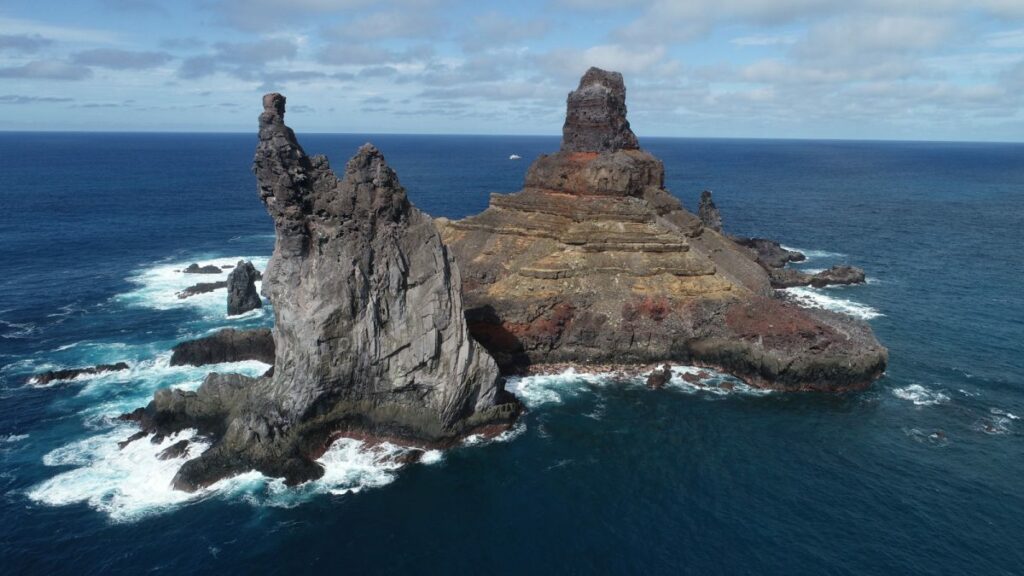
Diving on sunken ships
Diving on sunken ships has become an exciting tourist attraction in Baja California Sur. Visitors can dive into the waters of the Pacific Ocean and the Sea of Cortez to explore various sunken ships.
Near the island of Espiritu Santo in the Sea of Cortez, two famous ships rest: the Fao Ming and the Lapas 03, both sunk in 1999. These underwater sites are very popular among divers.
Among the favorite ships for diving enthusiasts are the Salvatierra, located near La Paz, and the cargo ship Lundemberg, discovered after Hurricane Odile in 2014 near the iconic Arch of Cabo San Lucas.
After being submerged for several years, these structures transform into vibrant artificial reefs, teeming with marine life. The biodiversity embraces these shipwrecks as their home and experiences incredible growth and development.
At these underwater sites, divers can marvel at the diversity of fish, turtles, and even sharks that inhabit them.
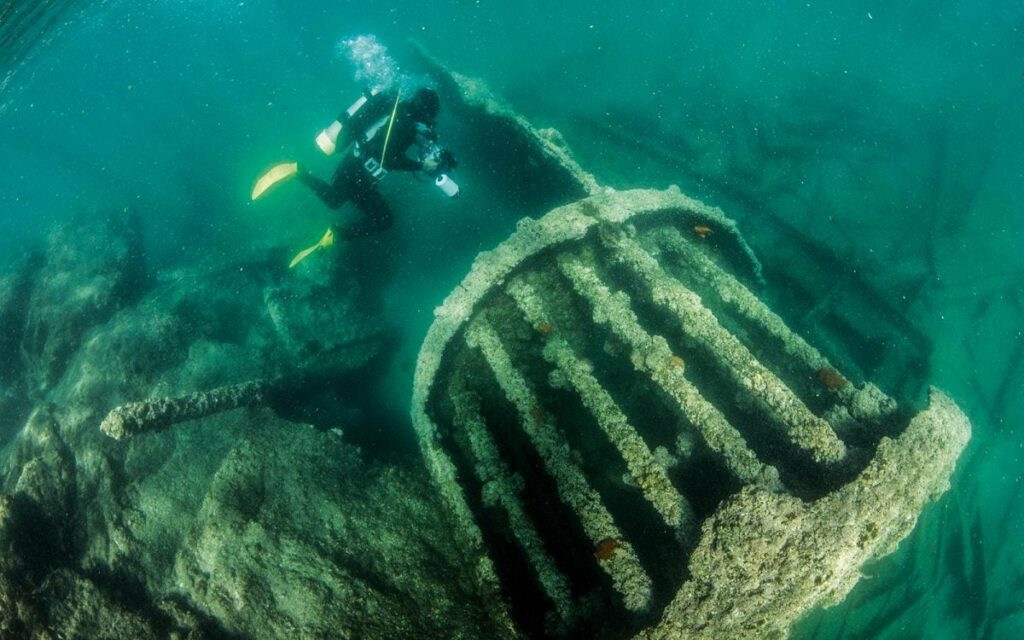
Sources: Unesco, Gobierno de México, Wikipedia, Buceopedia, Milenio






